D.R. Cox, Nancy Reid158488195X, 9781584881957, 9781420035834
Table of contents :
Cover……Page 1
Contents……Page 3
Preface……Page 7
List of tables……Page 9
1.1 Types of investigation……Page 11
1.2 Observational studies……Page 13
1.3 Some key terms……Page 14
1.4 Requirements in design……Page 15
1.5 Interplay between design and analysis……Page 16
1.6.1 General remarks……Page 17
1.6.2 Experimental units……Page 18
1.6.3 Treatments……Page 19
1.6.5 Size of experiment……Page 20
1.8 A broader view……Page 21
1.9 Bibliographic notes……Page 24
1.10 Further results and exercises……Page 25
2.2.1 Allocation of treatments……Page 28
2.2.2 The assumption of unit-treatment additivity……Page 29
2.2.3 Equivalent linear model……Page 32
2.2.4 Randomization-based analysis……Page 33
2.2.5 Randomization test and confidence limits……Page 35
2.2.6 More than two treatments……Page 37
2.3 Retrospective adjustment for bias……Page 38
2.4 Some more on randomization……Page 41
2.5 More on causality……Page 43
2.6 Bibliographic notes……Page 45
2.7 Further results and exercises……Page 46
3.1 General remarks……Page 49
3.2 Precision improvement by blocking……Page 50
3.3.1 Model and analysis……Page 51
3.3.2 A modified matched pair design……Page 54
3.4.1 Model and analysis……Page 56
3.4.2 Example……Page 58
3.4.3 Efficiency of blocking……Page 60
3.5.2 Contrasts……Page 61
3.5.3 Mutually orthogonal contrasts……Page 62
3.5.4 Equally spaced treatment levels……Page 64
3.6 Retrospective adjustment for improving precision……Page 65
3.7 Special models of error variation……Page 69
3.9 Further results and exercises……Page 70
4.1.1 Main ideas……Page 73
4.1.2 Graeco-Latin squares……Page 76
4.1.3 Orthogonal Latin squares……Page 77
4.2.1 General remarks……Page 78
4.2.2 Construction……Page 80
4.2.3 Youden squares……Page 82
4.2.4 Analysis of balanced incomplete block designs……Page 84
4.2.5 More general incomplete block designs……Page 89
4.2.6 Examples……Page 91
4.3.1 General remarks……Page 93
4.3.2 Two-treatment two-period design……Page 97
4.3.3 Special Latin squares……Page 99
4.3.4 Single sequence……Page 102
4.5 Further results and exercises……Page 103
5.1 General remarks……Page 106
5.2 Example……Page 108
5.3.1 Assessing interaction……Page 109
5.3.3 Interpretation of interaction……Page 113
5.3.4 Analysis of two factor experiments……Page 115
5.4 Example: continued……Page 116
5.5.1 General remarks……Page 117
5.5.2 General definitions……Page 120
5.5.3 Estimation of contrasts……Page 122
5.6 Fractional factorials……Page 123
5.7 Example……Page 127
5.8 Bibliographic notes……Page 129
5.9 Further results and exercises……Page 130
6.2.1 Simple confounding……Page 134
6.2.3 Double confounding……Page 136
6.3.1 General remarks……Page 138
6.3.2 Factors at a prime number of levels……Page 139
6.3.3 Orthogonal arrays……Page 143
6.3.4 Supersaturated systems……Page 145
6.4.1 General remarks……Page 147
6.4.2 Examples……Page 149
6.5 Nonspecific factors……Page 151
6.6.1 General remarks……Page 156
6.6.2 Search for optima……Page 159
6.6.3 Quality and quantity interaction……Page 160
6.6.4 Mixture experiments……Page 161
6.7.1 General remarks……Page 164
6.7.2 Example……Page 165
6.8 Conclusion……Page 167
6.9 Bibliographic notes……Page 169
6.10 Further results and exercises……Page 170
7.2.1 Straight line through the origin……Page 176
7.2.2 Straight line with intercept……Page 177
7.2.3 Critique……Page 178
7.2.4 Space-filling designs……Page 179
7.3.1 Formulation……Page 180
7.3.2 General equivalence theorem……Page 181
7.3.3 Some special cases……Page 182
7.4 Other optimality criteria……Page 183
7.5 Algorithms for design construction……Page 184
7.6 Nonlinear design……Page 185
7.7 Space-filling designs……Page 188
7.8 Bayesian design……Page 189
7.10 Bibliographic notes……Page 193
7.11 Further results and exercises……Page 195
8.1.1 General remarks……Page 199
8.1.2 Precision and power……Page 200
8.1.3 Sampling within units……Page 202
8.1.4 Quasi-economic analysis……Page 203
8.2.1 General remarks……Page 207
8.2.2 Modifications of primary features……Page 208
8.2.3 Modification of treatment allocation: two treatments……Page 210
8.3 Sequential regression design……Page 214
8.4 Designs for one-dimensional error structure……Page 215
8.5 Spatial designs……Page 221
8.6 Bibliographic notes……Page 225
8.7 Further results and exercises……Page 227
A.1 Introduction……Page 231
A.2.2 Key results……Page 232
A.2.3 Some properties……Page 234
A.2.4 Geometry of least squares……Page 236
A.2.5 Stage by stage fitting……Page 238
A.2.6 Redundant parameters……Page 241
A.3.1 Preliminaries……Page 244
A.3.2 Cross-classification and nesting……Page 246
A.5 Bibliographic notes……Page 250
A.6 Further results and exercises……Page 251
B.2.1 Definition……Page 254
Properties……Page 255
B.2.3 Permutation groups……Page 256
B.2.4 Application to randomization theory……Page 257
B.3.1 Definition……Page 259
B.3.2 Orthogonal sets of Latin squares……Page 260
Notes……Page 262
B.4 Finite geometries……Page 263
B.5 Difference sets……Page 265
B.6 Hadamard matrices……Page 266
B.7 Orthogonal arrays……Page 267
B.8 Coding theory……Page 268
B.9 Bibliographic notes……Page 269
B.10 Further results and exercises……Page 270
C.1 Introduction……Page 271
C.2.1 Data entry……Page 272
C.2.2 Treatment means……Page 273
C.2.3 Analysis of variance……Page 274
C.2.4 Contrasts and partitioning sums of squares……Page 275
C.2.5 Plotting……Page 276
C.3.1 Data entry……Page 277
C.3.2 Table of treatment and block means……Page 279
C.3.3 Analysis of variance……Page 280
C.3.4 Partitioning sums of squares……Page 282
C.4.1 Balanced incomplete block design……Page 284
C.4.2 Unbalanced incomplete block experiment……Page 287
C.5.1 Factorial experiment, Section 5.2……Page 289
C.5.2 2 4-1 fractional factorial; Section 5.7……Page 292
C.5.3 Exercise 5.6: flour milling……Page 293
C.6.1 Split unit……Page 296
C.6.2 Wafer experiment; Section 6.7.2……Page 298
C.7 Bibliographic notes……Page 301
References……Page 303
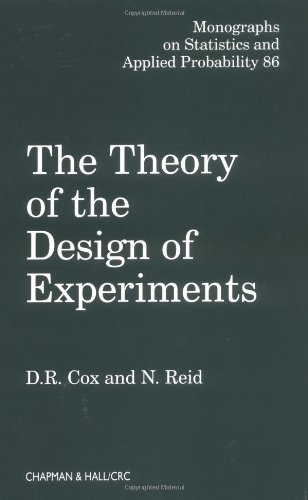

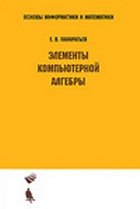
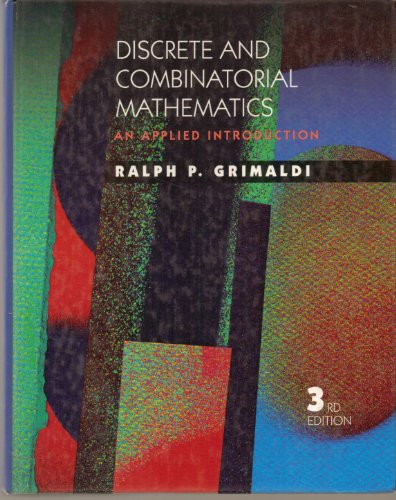
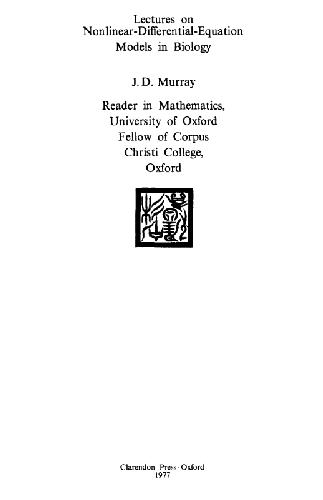

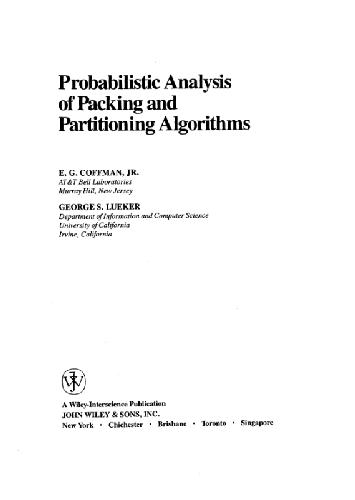
Reviews
There are no reviews yet.